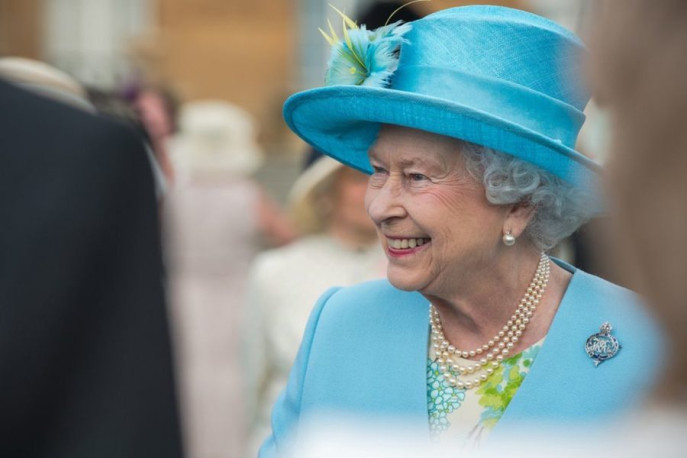
by: Ellen C. Caldwell
for JSTOR Daily
In celebration of the 90th birthday of Queen Elizabeth II, more than 150 different outfits are on display in an exhibition entitled “Fashioning a Reign.” Though it is estimated that Queen Elizabeth II attended approximately 25,000 royal engagements and owned about 10,000 unique outfits for such occasions, the exhibit focuses on a smaller number of outfits, featured in three locations—in Scotland at The Palace of Holyroodhouse and in England at both Windsor Castle and Buckingham Palace where the flagship exhibit is held.
Besides providing gorgeous eye-candy for viewers, the exhibit follows a near-century of fashion,from Queen Elizabeth II’s childhood ensembles in the ‘30s and ‘40s, to her wedding dress, to her Coronation dress, to her royal Stewart tartan fashions, to her State Visit ensembles. As the times and politics change, so too does the fashion and the ideology associated with the unique messaging behind it.
Ruth P. Feingold explores the Queen’s marketabilityleading up to and following her 1953 Coronation. In her analysis, she reminds readers that “although the doings of the Royals may now come to our attention chiefly as we stand in line at the grocery store, it would be a mistake to conclude, as a result, that they can’t—and don’t—have significant cultural, and even political, effects.” While seen as mainly ceremonial in function, the image of the queen, Feingold argues, was key to nation-building in great Britain after WWII…
Read the rest here at JSTOR Daily.
